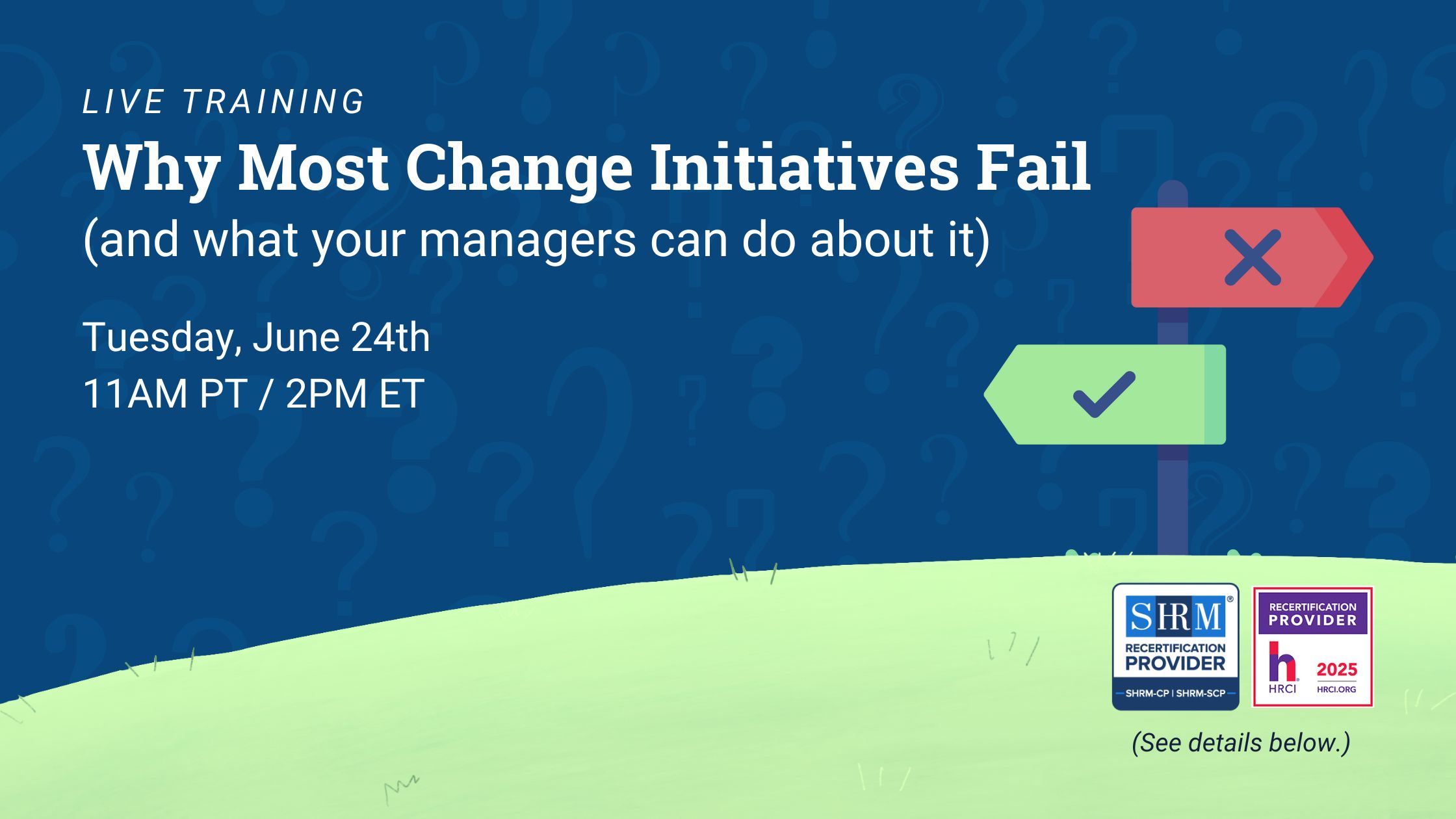A business restructuring can be a positive time of evolution for an organization. The ensuing changes, however, often require layoffs that can be emotionally challenging for all involved—as well as complicated to manage from a legal standpoint.
One important legal concern to keep in mind are the federal laws against employment discrimination enforced by the U.S. Equal Employment Opportunity Commission (EEOC). Although layoff discrimination may seem like a clear-cut issue—you either intentionally discriminated against an employee or you didn’t—real-life cases are not always so cut and dried. It is possible to inadvertently conduct a reduction in force in a way that opens your company up to layoff discrimination lawsuits.
Here are six things to keep in mind to avoid layoff discrimination.
1. Don’t base layoff selection criteria on characteristics protected by law.
It may seem obvious that companies shouldn’t knowingly discriminate against protected groups. After all, don’t all companies already know that doing so will get them in legal trouble? And in this day and age, aren’t companies socially motivated as good corporate citizens not to discriminate?
Unfortunately, a quick look at the list of significant EEOC race/color cases alone demonstrates that overt employment discrimination is still far from rare. News headlines too point to troubling cases of discrimination. Forbes, for example, recently called age discrimination “a harrowing employment trend,” and ProPublica even dedicated an ongoing series to age discrimination in the workplace.
Characteristics protected by federal law are “race, color, religion, sex (including pregnancy, sexual orientation, or gender identity), national origin, disability, age (40 or older) or genetic information (including family medical history),” according to EEOC. Your company’s layoff decisions should not be based on any of those criteria, in order to avoid layoff discrimination claims.
Some states have additional protected classes that may apply to your company. California, for example, also prohibits discrimination based on marital, military, or veteran status or request for family care or pregnancy disability leave, among other criteria. Make sure to check the laws in your state.
2. Use objective layoff selection criteria.
When deciding which employees to lay off, your company should take care to make sure the criteria employed are objective, fair, and measurable. For example, if you decide to lay off the most recently hired employees, apply that rule consistently throughout your workforce. Or if you create your layoff list based on employee productivity, have an objective methodology by which that productivity is assessed. Once you select your criteria, apply them unilaterally so there can be no accusations of layoff discrimination.
3. Look closely at the list of employees selected for layoff.
Once you’ve come up with a list of employees to lay off based on what you believe you be non-discriminatory criteria, you still need to evaluate the resulting list. As EEOC cautions, you must “determine whether certain groups of employees are affected more than other groups.”
Even if you selected employees based on what you felt were neutral criteria like seniority, you may find that your resulting list disproportionately affects some protected groups. For example, more female employees than male may end up on your layoff list. In such a case, the EEOC recommends comparing the ratio of female to male employees to be laid off to the ratio in your general workforce, with the goal to ensure female employees aren’t disproportionately affected by your plans.
4. Make tweaks to your layoff selection criteria as necessary.
If some protected groups have indeed been disproportionately affected by your layoff selection criteria, it may be necessary to adjust your list. In such a case, the EEOC recommends considering “alternative layoff criteria, such as employees’ profitability, productivity, or expertise” that will not disproportionally affect a protected group.
5. Consult a lawyer.
Reductions in force are often complicated events. Although you don’t need to engage a labor attorney for every personnel decision you make at your company, an employment lawyer can be helpful when you’re navigating a major business event like a reduction in force, especially in cases where your company is laying off a significant number of people, or is worried an affected employee might sue for layoff discrimination.
Since companies usually engage an employment lawyer to create or look over employee termination agreements and other documents needed during layoffs, you might consider asking the attorney to also look over your layoff selection criteria and the resulting list of employees to be laid off.
6. Contact EEOC with questions.
You also have the option to contact an EEOC small business liaison about specific workplace situations. These conversations are confidential. According to the EEOC website, “Discussions with EEOC Small Business Liaisons and Officers of the Day will not be shared with EEOC staff who investigate, resolve and litigate charges of discrimination.” You can find your regional liaison on this contact list.
__
Employment lawsuits are both common and expensive to defend. Inc. reports one in five small and mid-sized businesses will face an employee lawsuit; these lawsuits cost $125,000 on average to defend. With that in mind, it makes sense to take the extra precautions needed to lower the possibility your company will be charged with layoff discrimination.
Of course, it is possible that even if you follow the steps above, a laid-off employee might feel they’ve been let go for discriminatory reasons and bring forward a lawsuit. This is one reason why many companies, in addition to instituting measures to avoid layoff discrimination, use other tools like severance packages to help exiting employees part on a positive note and mitigate the possibility of lawsuits.
Many such severance packages include outplacement benefits that support exiting employees in finding new jobs quickly and easily. Outplacement can help shift departing workers’ attention away from the anxieties about the job they lost to the possibilities of the job they will have in the future.
Intoo’s outplacement solution, for example, offers exiting employees unlimited, one-on-one career coaching with a professional career development expert. This coach can keep the new job seeker motivated on a daily basis and focused on landing the best new job—which is why Intoo’s outplacement solution users find new jobs 2.5 times faster than the national average.
Learn more about what Intoo can do for your company during a restructuring.











